A visit to Chamundi Hills and Chamundeshwari Temple at Mysore
Mysore holds some reminiscences of glorious pasts – stories related to Hindu mythology as well as battles fought by many Rajas. Holy field of Chamundeswari at the hill top; Its Gopuram kisses the blue skies. A visit to Chamundeshwari Temple is never complete with a single trip. You need to visit the temple at least twice to fully enjoy the holy visit.
You can choose two ways to visit the temple
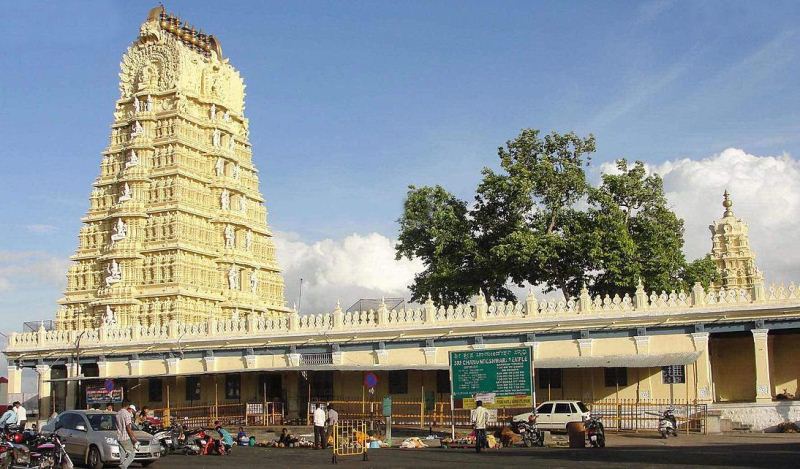
Choose a bus or car to reach hill top. Pray before goddess and return. You can visit the temple in the early snowy morning and return before noon. In the second option, reach the valleys in the early morning and climb 1008 steps leading to temple. If you choose this path, your mind will be lightened with thousands of camphor lamps to rejoice those bhakti moments. Then return in the last bus at late night. Throughout this night journey you can see thousands of homes with lighten lamps when you travel downwards from hill top. This spectacular sight can’t be explained in one word or two.
The dream land of Mysore Kings is spread in the valleys of Mysore. The sight of homes at night look similar to a satellite map – Green colour with black light spread everywhere. Buildings are spread here and there, not in uniform. They resemble small match boxes or square boxes when observed from hill tops.
A holy visit to Chamundeshwari’s soil
Those devotees who are hasty to reach the hill top has a single thought in mind – To see Devi’s figure beautifully decorated with flowers, and pray before her at least for a few moments. The temple gopuram stands erect touching the skies, not willing to bend before anyone. During early mornings and late night, the upper part of gopuram is fully covered by snow blanket. Those people who alight from buses join the stream of devotees leading towards the temple.
Pournami is one of the special days of temple, and it will turn a crowded place during such occasions. The atmosphere is filled with chanting mantras and devotional songs praising goddess. Sreekovil (main temple) is situated within huge granite walls. It’s a quite common sight to watch devotees breaking coconut before they reach temple. A stone in the front of Sreekovil is laid for the purpose.
Gopuram with 7 storeys is a specimen of masterpiece art
The gopuram with 7 storeys recites the poems of great architecture which prevailed centuries ago. The basement is made using single layer rocks, and gopuram is constructed on it. In the mid-portion, Ganapati’s idol is fixed. In the 6 levels of Gopuram, the statues of goddess are crafted beautifully. The top most 7th storey is constructed in semi-circle structure, similar to crown of the gopuram. At the upper end, dragons are imprinted, and above it golden colour crowns.
In the temple premises, you can watch priests who tie threads to believers’ hands chanting mantras. The place is also crowded with local sellers who sell agarbattis and similar pooja accessories. Flowers, coconut and banana are placed in plastic trays. Green colour sari, green bangles, vermilion, rice, flowers and jasmine garlands are also placed in plates. Devotees offer these things at goddess’ feet to fulfill their ambitions.

Threads of different colours and shapes are also placed in plates. Devi’s Prasad is also placed nearby. A person first applies red colour saffron to the hands of devotee who comes in front of him. Then he ties thread.
Temple courtyard which tells tales of glorious yesterdays
Chamundeshwari is the clad goddess of Mysore Maharajas belonging to Wodeyar dynasty. They worshipped goddess for many centuries. Chamunda /Durga is other name of Shakti. In Puranas, Chamundi hill is specified as one among 8 hills. The highest peak of Mysore is 3400 feet high. As per beliefs, the temple is one-millennium old.
Though Chamaraja built this temple more than a century ago, the famous gopuram was built by Krishnaraja Wadiyar in 1827 AD. It was a time when modern machinery or equipment was not available, and it’s really astonishing to see the human effort behind this 7-storied Gopura. Many people believe in the blessing of goddess. Otherwise how can such huge stone layers be laid at such heights!
The place was once Mahabala Giri. Its name changed to Chamundi hills after Goddess killed Mahishasura. People were scared of his activities. He also earned the boom that no one can kill him. If a single drop of his blood spells on ground, 108 demons will be born. People prayed to goddess to kill the demon, and the goddess took the avatar of Chamundi to kill him. To avoid the fall of his blood drops to ground, she showed her tongue. When Mahishasuran was about to die, he asked goddess to give him pooja every day. That’s the reason why poojas are given to Mahishasura. Devotees give only a single flower as offering; no other rituals or offerings are conducted. Otherwise Mahishasura will return back with supreme power – as per popular belief.
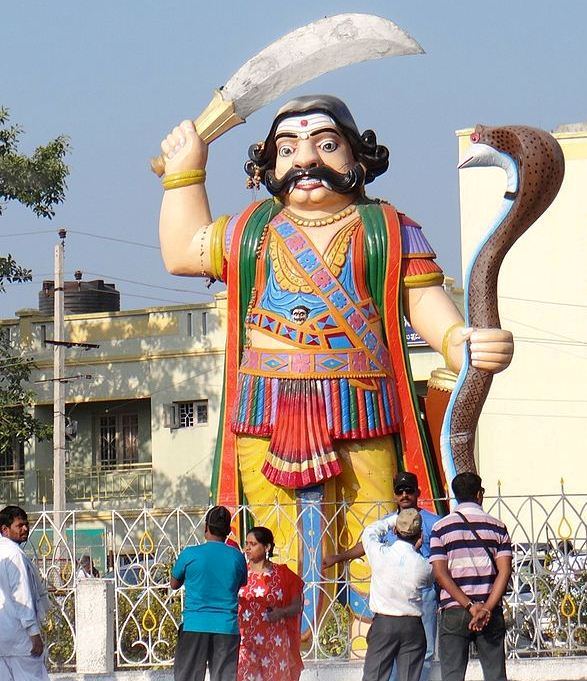
The temple was built exclusively for the worship of rulers. Today it’s a world famous temple. Anyone who believes in goddess can enter the temple and worship. Temples of Sree Mahabaleswara Swami and Narayana Swamy are situated near Chamundeswari temple. It’s believed that, only the temple of Mahabaleswara Swami was situated in the hill top during ancient days. Both these temples are known for the strength of granite layers. Including Sree Kovil, everything is constructed in granite rocks. You can alight the steps to reach Nandi (sacred ox).
Bowing head before Chamundeswari
Chanting of devotional songs tunes the atmosphere to a Bhakti mode. The temple is built in square structure. You need to go through two doors to reach the main door of the temple coated with silver. Goddess structures are carved on the main door, which tells the stories of glorious past of manual skills in art. The inner side is almost curved with stone layers. On the way, the statues of Dwarapalakar are curved. Navaranga Hall followed by Antharaala Mandapam leads to the main temple. Chamundeswari’s idol is well decorated with silk and ornaments.
Temple steps filled with vermilion
Steps lead to temple, and it ends at the stone wall surrounding Sree Kovil. At the doorstep, there is a big statue of Mahishasura holding sword. As per beliefs there are 1008 steps. During early days, people took this stone path to reach the temple. The steps are filled with vermilion offered by devotees. You can see ladies applying turmeric and vermilion on each stone step while taking this path. Some of them apply two turmeric strikes and one vermilion strike in the middle using their thumbs, similar to applying thilak. Some ladies do the process just reverse, i.e., one turmeric thilak in between two vermilion thilaks. A few light camphor lamps and offer flowers on steps as well. They complete the process for all the 1008 steps, as their offerings to please goddess.
It’s the most favorite offering of Chamundeswari, and people do it during Pournami days very often to get rid of miseries of life and bring prosperity in. This offering is done only by ladies in bare foot. Nandi’s statue is seen at 600th step downwards. After a few steps, Vigneswara and Anjaneya temples are also seen.
Nandi’s statue curved in a single stone is a major attraction. It’s more than 350 years old and is one of the oldest icons in Mysore. This huge statue is 16 feet in height and 24 feet long, and third largest Nandi statue in India. The sacred ox is portrayed in sitting position. Its left foreleg is folded in an about to get up posture. Sequences of bells and garlands are carved around his neck. Bhasma is applied on his body and knee. He is decorated with colourful garlands. You can see devotees sticking coins on his stomach and legs.
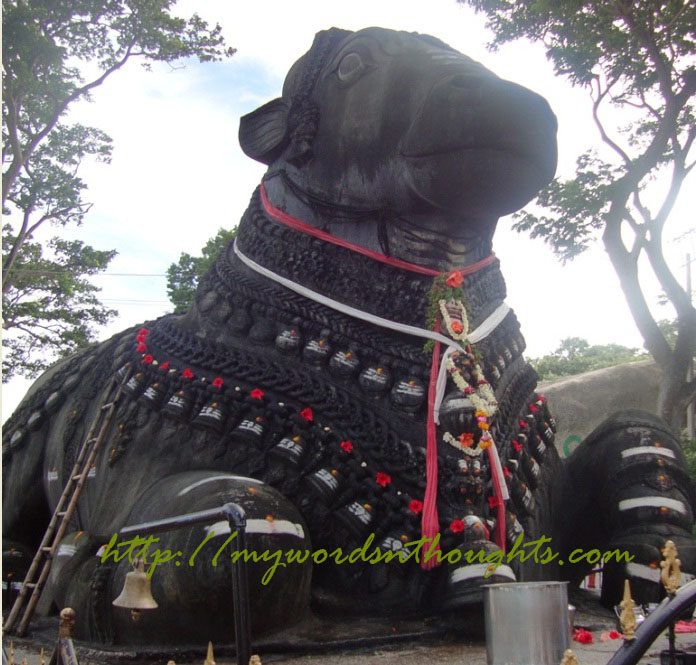
When you travel downwards, you reach Gopuram at the lower end. If you travel half an hour, you can reach Jwalamukhi Tripura Sundari temple. As per popular belief, she is the younger sibling of Chamundeswari. It’s also the main temple (Moola Kshetram). The temple is situated in Uttanahalli at the rear end of Chamundeswari hills. When Chamundeswari killed Mahishasura the goddess showed her tongue to avoid the fall of his blood drops to ground. The idol is installed in this posture.
Deekshithar – The main priests of the temple
The Deekshitar family was brought to the place by Mysore kings who gave them special rights to do poojas. It’s passed over from one generation to the next. Their ancestral family is from Kanchipuram.
How to reach Chamundeswari temple?
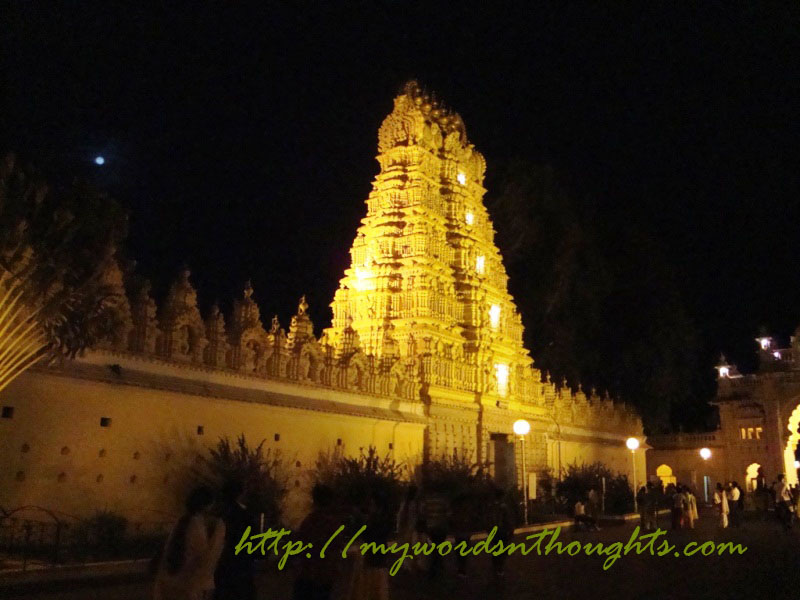
It takes almost half an hour from Mysore to reach Chamundeswari temple. You can catch Karnataka state transport buses to reach here. Rest houses are available in temple premises. But they are exclusively reserved for families. Darshan time is 7.30 am – 2 pm, 3.30 pm – 6 pm and 7.30 pm – 9 am.
Also read a few more articles on temples of Kerala. Click on the images in the gallery to read

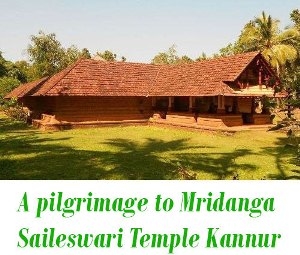
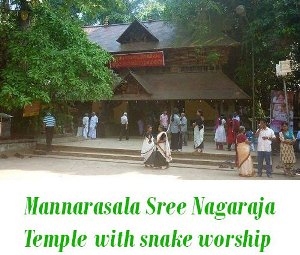
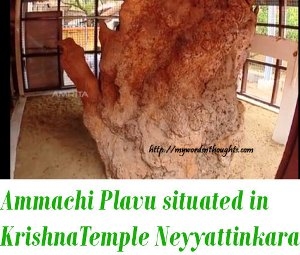
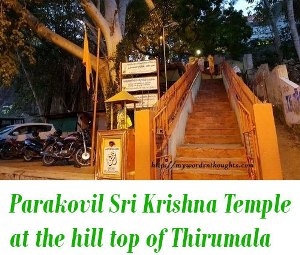
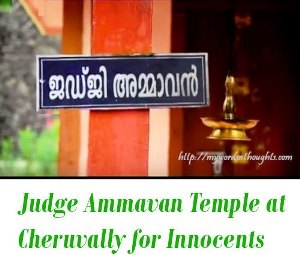
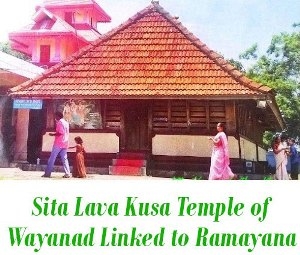
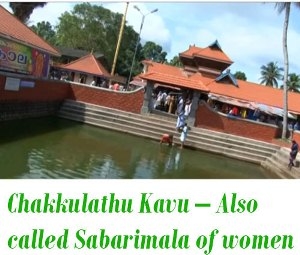
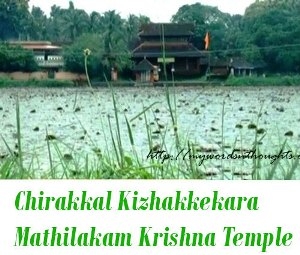
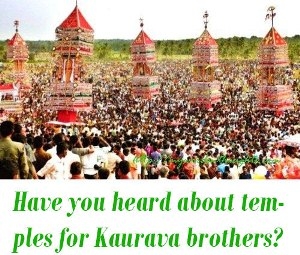
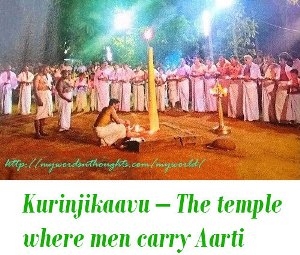
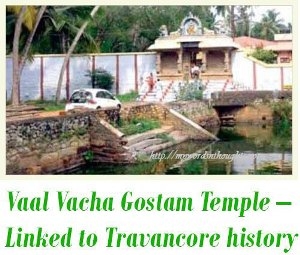


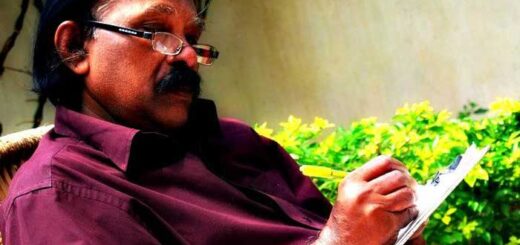










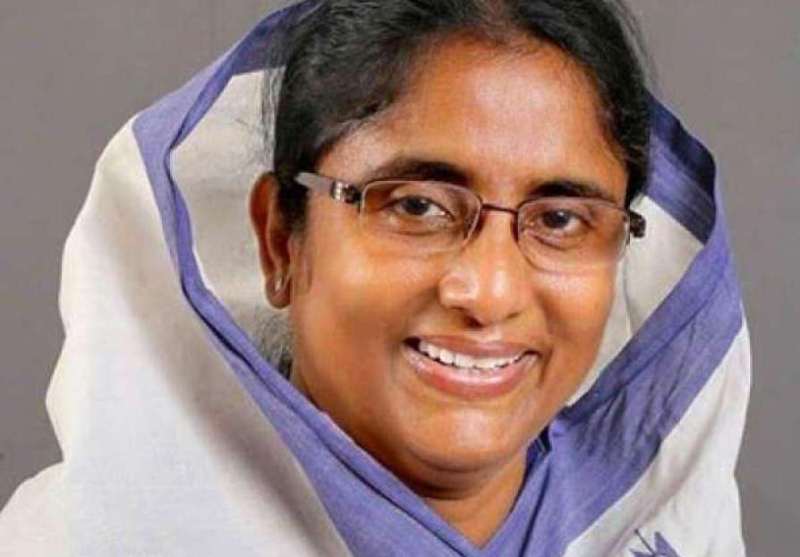
Recent Comments